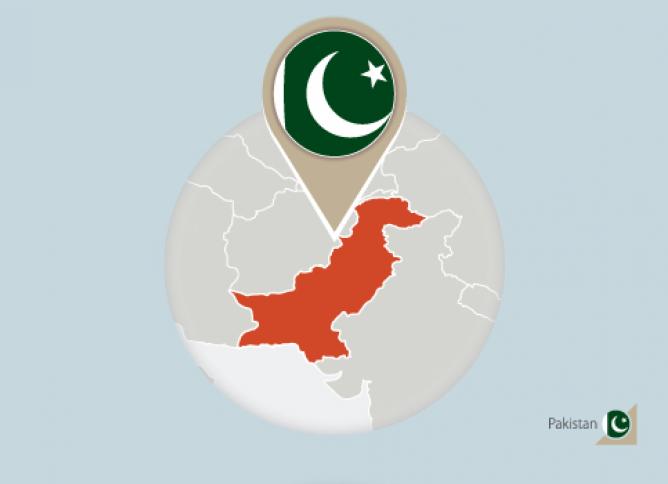Pakistan

Project and Country Background
In 2017, Pakistan had a population of 192.8 million people; 12.4 percent of the adult population and 10.7 percent of the youth population smoked tobacco products.1 An estimated 128,588 people died in Pakistan in 2017 from diseases caused by smoking.2
TPackSS worked with in-country collaborators to purchase cigarettes and bidis in three major cities: Islamabad, Karachi and Lahore. Within each city, packs were collected from a sample of 12 economically and socially diverse neighborhoods. Data collectors purchased one of every unique cigarette and bidi pack available from vendors selected in each neighborhood. From November 25 to December 4, 2013, data collectors purchased 394 unique cigarette and bidi packs. Then, in December 2019, another pack collection was undertaken. During this collection, in-country collaborators purchased cigarettes, bidis, and smokeless tobacco products in five major cities, the three that were previously visited, along with Peshawar and Quetta. Data collectors purchased 185 unique packs (174 unique cigarette, 3 unique bidi, and 8 unique smokeless tobacco packs).
The tobacco packaging and labeling requirements in effect at the time of data collection were used to assess each tobacco pack’s compliance with the requirements.
Suggested Citation for Information on this Page: Tobacco Pack Surveillance System (TPackSS). Pakistan: Project and Country Background. Baltimore, MD: Johns Hopkins Bloomberg School of Public Health. http://globaltobaccocontrol.org/tpackss/country/pakistan [Insert Last Updated Date].
The TPackSS website and resources will provide us with valuable data for further research, and provide evidence and information on available tobacco products. This will eventually help us have stronger tobacco control regulations in our country.Dr. Amina KhanThe Initiative CEO and Public Health Consultant
Browse packs from Pakistan
Pakistan
2013
Pakistan
2013
Pakistan
2019
Pakistan
2013
Pakistan
2019
Pakistan
2013
Pakistan
2013
Pakistan
2020
Highlights of Packaging and Labeling Requirements by Data Collection Year
| Data collection dates | Type of warning | Warning label size and layout | Number of warnings to be displayed | Rotation | Rules for misleading descriptors | Other warning label requirements considered during coding |
|---|---|---|---|---|---|---|
|
Nov. 25 to Dec. 4, 2013 [394 unique packs collected] |
Picture and Text |
40% of front, 40% of back
|
1 |
Intended to be changed every year |
None |
Pictorial warning on top of the front and back of the pack. Warning text: black on a white background; at least 2 mm in height. |
|
December 2019 [185 unique packs collected] |
Picture and text |
60% of front, 60% of back
|
1 |
Intended to be changed every year |
None |
Pictorial warning to be placed on the top of the pack. Warning text in Urdu and English. |
Tobacco packaging and labeling in Pakistan is regulated under the Cigarettes (Printing of Warning) Ordinance. The Cigarettes (Printing of Warning) Ordinance was passed in 1979 and updated in 2009 with SRO86 (KE)/2009 and SRO87 (E)/2009. SRO86 (KE)/2009 and SRO87 (E)/2009 establish standards for warning texts and images. In 2017, SRO 127(E)/2017 passed, which required an increase of warning label size to 60% front and 60% back .3
